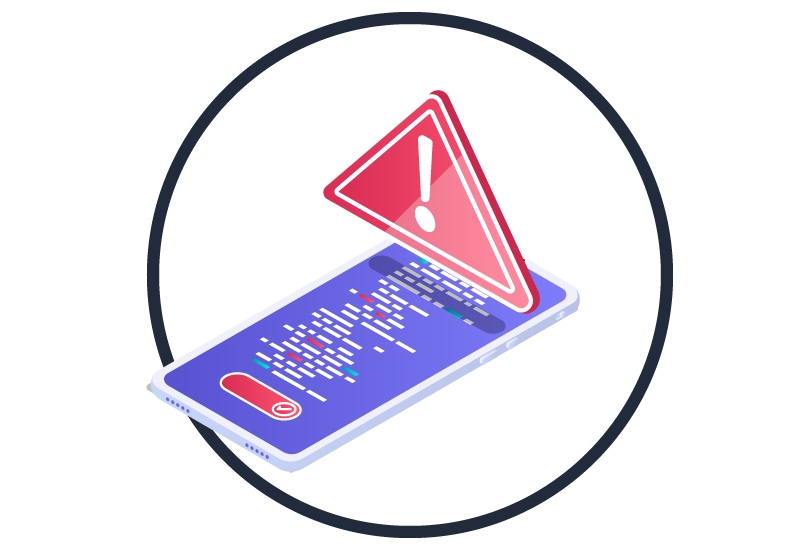Whether you’re a small business owner, or part of a large organisation, the consequences of a cyber attack can be far-reaching, encompassing financial losses, reputational damage, and the potential compromise of sensitive information.
Being prepared is essential but more often than not the worst happens when you are not ready, so here are the steps you should take if it happens to you and remember to act quickly:
Detection and Analysis
Containment, Eradication and Recovery
Communication and Reporting

Detection and Analysis
Analyse the Incident:When an incident is detected, analyse the nature and scope of the attack. Identify affected systems, data, and potential vulnerabilities.
Preserve Evidence: Collect and preserve evidence related to the incident for future investigations and legal purposes.

Containment, Eradication, and Recovery
Isolate Affected Systems: Immediately disconnect or isolate compromised systems from the network to prevent further damage.
Eradicate the Threat: Identify and remove the root cause of the attack. This may involve patching vulnerabilities, removing malware, or closing unauthorised access points.
Recovery: Restore affected systems and data from clean backups. Ensure that the recovered systems are secure before reconnecting them to the network.

Communication and Reporting
Internal Communication: Notify the incident response team, executive management, and relevant stakeholders about the incident. Keep them informed of the situation's progress.
External Communication: If necessary, report the incident to law enforcement, regulatory authorities, and affected individuals or organisations as required by applicable laws and regulations.
Public Relations: Coordinate with your public relations team to manage external messaging and reputation.
Post-Incident Activity:
o Incident Review: Conduct a thorough review of the incident to identify its causes, the effectiveness of your response, and lessons learned.
o Create your Incident Response Plan: Learn from your mistakes and prepare fully for future events.
o Continuous Improvement: Continuously improve your organisation's cybersecurity posture by implementing recommendations from the incident review.
Recovery and Documentation:
o Recovery Monitoring: Make sure you have monitoring systems in place so you have visibility of any signs of resurgence of the incident.
o Documentation: Document the incident response process, actions taken, and outcomes for legal and compliance purposes.
Lessons Learned:
o Training and Awareness: Provide training and awareness programs to educate employees and stakeholders about cybersecurity best practices and incident response procedures.
o Tabletop Exercises: Conduct tabletop exercises to test and refine your incident response plan.
Feedback Loop: Establish a feedback loop for continuous improvement based on past incidents and emerging threats.
Once the threat is controlled and the lessons learned understood prepare prepare prepare for next time. Put together your plan, develop an Incident Response Plan; Assemble an Incident Response Team, make sure you have an up to date inventory of your organisations assets, including hardware, software and data; establish communications protocols and implement systems and tools for continuous monitoring of network traffic; system logs; and security alerts to detect any unusual or suspicious activities.


